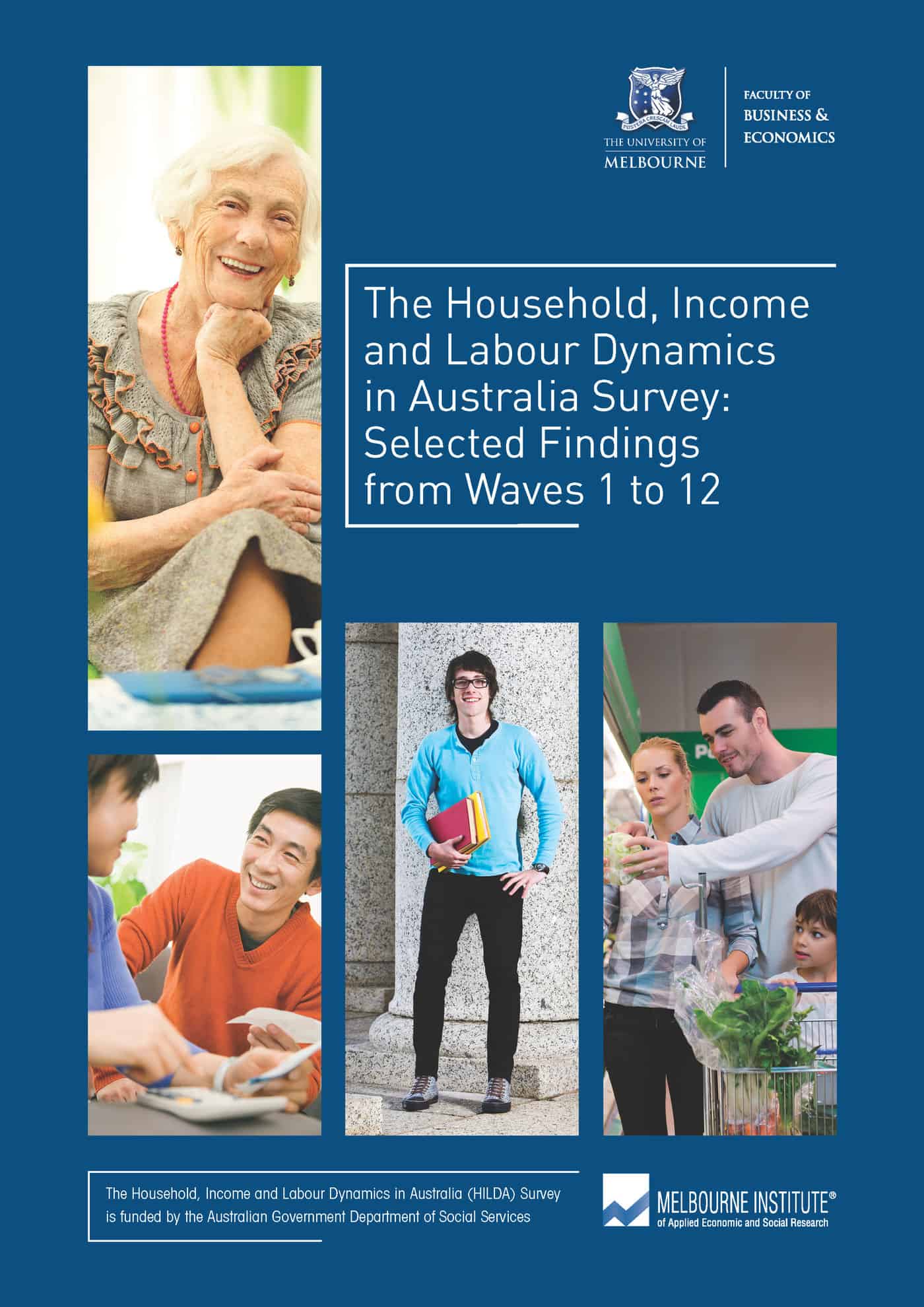Last year, Safe Work Australia (SWA) gambled on a series of online videos and live events through National Safe Work Month in the form of Virtual Safety Seminars (VSS). VSS provided good online content that continues to be viewed but such a safety communication strategy should stand up to questioning, particularly if it arises from a Government agency.
One of the most important elements of any safety communication strategy is to attempt to measure its success. The strategy may be aimed at raising awareness of an issue, providing information or promoting a service or product but the important part is to structure the strategy so that it can be measured and for that measurement to occur. The OHS sector in Australia has a tradition of trying something because it is a good idea and then considering the effort to be a measure of success. Too many strategies magnify awareness of an issue of which the community is already aware rather than developing a strategy for change, and of tangible change. In some ways the community’s tolerance for awareness over change is starting to wear thin.
With this in mind, SafetyAtWorkBlog posed some questions to Safe Work Australia: Continue reading “Safe Work Australia is gearing up for National Safe Work Month”

